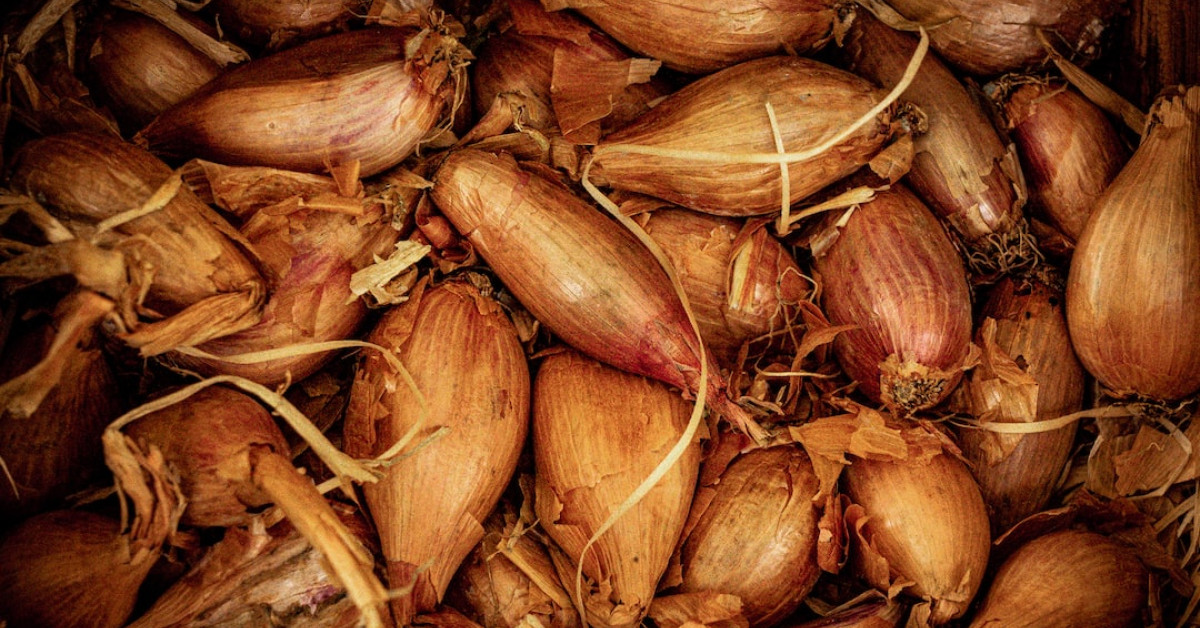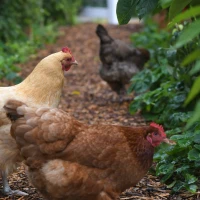Welcome to the exquisite world of Italian cuisine, where every dish is steeped in history and every pasta has its unique personality. If you’ve ever found yourself at a sophisticated dinner party or an authentic Italian bistro, you’ve likely come across orecchiette – a delightful ear-shaped pasta that can elevate any vegetable dish to a work of gastronomic art. Mastering the pronunciation of orecchiette may seem daunting, but with a few simple tips and tricks, you can impress your guests and add a touch of authenticity to your culinary repertoire.
In this comprehensive guide, we will delve into the nuances of orecchiette pronunciation, ensuring that you pronounce it with the same finesse with which you serve it. Whether you’re a seasoned chef or a culinary enthusiast, knowing how to properly say this enchanting pasta name is a testament to your love for gourmet experiences. Let’s embark on a flavorful journey that will not only enhance your linguistic skills but also your appreciation for the venerable vegetable-based dishes that orecchiette perfectly complements.
The Origins of Orecchiette: A Culinary Linguistic Journey
Orecchiette, a name derived from the Italian words ‘orecchio’ meaning ear, and ‘ethow long to let brisket rest,’ a diminutive suffix, is a pasta that literally translates to “little ears.” This charming pasta hails from the region of Puglia, located in the southeastern part of Italy, where it has been lovingly crafted by hand for generations. To properly pronounce orecchiette, one must understand its Italian roots and the melodic nature of the language.
Historical Influence on Orecchiette Pronunciation
It’s crucial to realize that the pronunciation of Italian words is deeply influenced by the beautiful and rhythmic flow of the language. The stress in orecchiette falls on the penultimate syllable, just as it does in most Italian words. Emphasizing the correct syllable is the key to sounding like a native.
Step-by-Step Breakdown of Orecchiette Pronunciation
- Begin by saying ‘or,’ similar to the English word ‘or’ but with a more open and rounded lip position.
- Following this, the ‘ecch’ sound is pronounced like the ‘eck’ in ‘check,’ but with an added roll of the tongue that is characteristic of the Italian language.
- The ‘iet’ section is the trickiest, as it combines the ‘ee’ sound in ‘meet’ with the ‘et’ in ‘wet.’ It is here that the crucial penultimate stress lies.
- Lastly, the ending ‘te’ sounds like the ‘teh’ in ‘technology.’
Practice saying ‘oh-rehk-ee-EH-teh’ slowly and then gradually increase your speed until you can articulate it naturally and confidently.
A Linguistic Note: Understanding Italian Phonetics
To fully master the pronunciation, it’s imperative to familiarize oneself with certain aspects of Italian phonetics:
- Vowels: Italian vowels are pure and are always pronounced sharply and clearly.
- Consonants: Double consonants, like the ‘cc’ in orecchiette, should be given full value, pronounced distinctly, unlike in English.
How to Use Orecchiette in Vegetable Dishes: A Pronunciation Guide with Recipes
Pairing orecchiette with vibrant, fresh vegetables is a match made in culinary heaven. Below are some iconic vegetable easy brussel sprouts recipes where orecchiette takes center stage. Not only will you delight in the flavors, but you’ll also get to practice your pronunciation with every dish you create.
Orecchiette with Broccoli Rabe: A Classic Pairing
One of the most classic dishes that feature orecchiette is ‘Orecchiette con Cime di Rapa.’ This combination of slightly bitter broccoli rabe (also known as rapini) and the chewy texture of the pasta with bacon is divine.
Ingredients:
- 1 pound orecchiette
- 1 bunch broccoli rabe, trimmed and chopped
- 3 cloves garlic, minced
- Extra-virgin olive oil
- Red pepper flakes (optional)
- Freshly grated Pecorino Romano cheese
- Salt to taste
Method:
- Cook the orecchiette in salted boiling water until al dente.
- Sauté garlic in olive oil until golden, then add the broccoli rabe and red pepper flakes.
- Combine the cooked orecchiette with the broccoli rabe mixture.
- Serve topped with a generous sprinkle of Pecorino Romano.
Spring Vegetable Orecchiette: A Celebration of Freshness
Create a spring-inspired dish with a medley of crisp vegetables and orecchiette. Here, the pasta’s concave shape is perfect for capturing light sauces and smaller veggies.
Ingredients:
- 1 pound orecchiette
- 1 cup cherry tomatoes, halved
- 1 cup asparagus, chopped
- 1 cup sweet peas
- Zest of 1 lemon
- Extra-virgin olive oil
- Salt and pepper to taste
Method:
- Cook the orecchiette to al dente perfection.
- Briefly sauté the cherry tomatoes, asparagus, and sweet peas.
- Toss everything with olive oil, lemon zest, and the cooked pasta.
- Adjust seasoning with salt and pepper, then serve.
Tips for Perfect Orecchiette Preparation
To ensure your orecchiette and vegetables shine, here are some tips:
- Always salt the pasta water – it’s the only chance to season the orecchiette itself.
- Reserve a cup of pasta water to help create a luscious sauce.
- Cook your vegetables to the right texture – vibrant and slightly crunchy is usually the goal.
- Experiment with various vegetables to find your favorite orecchiette pairing.
Advanced Pronunciation Tips for Non-Native Speakers
For those who don’t speak Italian as their first language, perfecting the pronunciation of orecchiette can be a fun challenge. Here are advanced tips to ensure you get it just right:
Practice with Italian Tongue Twisters
Engage in some playful practice with Italian tongue twisters, or scioglilingua. They will help you become more comfortable with the sounds and rhythms of the language, making orecchiette roll off your tongue with ease.
Listen and Repeat After Native Speakers
Immerse yourself in Italian either by listening to native speakers or by watching Italian cooking shows. Mimic their pronunciation of orecchiette and other culinary terms to hone your accent.
Record and Critique Your Pronunciation
Use your phone or a recording device to record yourself saying orecchiette. Listen back and critique your pronunciation, paying attention to vowel lengths and consonant sharpness.
Promoting Orecchiette Pronunciation Through Social Media
Share High-Quality Content Featuring Orecchiette
Create engaging content that showcases orecchiette in all its glory. Share high-definition photos, quick recipe videos, and pronunciation clips to captivate your audience. Use hashtags like #orecchiette, #ItalianCuisine, and #PastaLover to increase your reach.
Collaborate with Italian Chefs or Linguists
Working with professionals who can provide authentic insights into orecchiette preparation and pronunciation will add credibility to your content. Collaborations can also extend to joint social media takeovers, live Q&A sessions, and pronunciation challenges.
Engage with Your Audience
Encourage your followers to attempt to pronounce orecchiette and use it correctly in a sentence. Create interactive posts, such as polls or quizzes, and reward correct pronunciations with small prizes or shoutouts.
Final Thoughts on Mastering Orecchiette Pronunciation
Mastering the pronunciation of orecchiette doesn’t just impress your dinner guests; it reveals a deeper appreciation for the culture and heritage behind every bite. With practice, patience, and a passion for Italian food, you can make this pasta name as familiar to your palate as the delicious vegetable dishes it so often accompanies. Buon appetito e buona fortuna!
In summary, remember the following points:
- Accent the penultimate syllable: oh-rehk-ee-EH-teh.
- Pure, sharp vowel sounds are essential in Italian pronunciation.
- Give full value to double consonants, such as the ‘cc’ in orecchiette.
- Using high-quality, relevant content can help your SEO efforts and attract an audience interested in Italian cuisine.
- By engaging with the community, you create an interactive space to promote correct pronunciation and share your love for orecchiette and vegetables.
Practice your newfound pronunciation skills at your next dinner event, and watch as your guests are not only impressed by the delicious fare but also by your impeccable Italian pronunciation. With the information provided, you’re well on your way to becoming an ambassador for authentic Italian cuisine—starting with mastering orecchiette pronunciation.










